Mythopoeika
I am a meat popsicle
- Joined
- Sep 18, 2001
- Messages
- 52,292
- Location
- Inside a starship, watching puny humans from afar
My virus checker flagged that up as a dangerous webpage and blocked it.
My virus checker flagged that up as a dangerous webpage and blocked it.
My virus checker flagged that up as a dangerous webpage and blocked it.
(c) The Guardian '22.Two ancient warrior helmets, metal fragments believed to have come from weapons, and the remains of a temple have been discovered at Velia, an archaeological site in southern Italy that was once a powerful Greek colony.
Experts believe the helmets, which were found in good condition, and metal fragments date to the sixth-century BC Battle of Alalia, when a Greek force of Phocaean ships clinched victory over the Etruscans and their Carthaginian allies in a naval battle off the coast of Corsica. One of the helmets is thought to have been taken from the enemies.
The excavations at Velia, which is near Paestum, the vast archaeological park of ancient Greek ruins in the southern Campania region, also yielded the remains of walls of a temple and vases with the Greek inscription “sacred”. The relics were discovered on what would have been the acropolis, or upper part, of the ancient Greek city.
Massimo Osanna, the director general of Italian museums, said the site probably contained artefacts of offerings made to Athena, the ancient Greek goddess of wisdom, after the Battle of Alalia. After the battle, the Greek colonists set sail for southern Italy, where they bought a piece of land and founded Velia.
FULL STORY: https://www.upi.com/Top_News/World-News/2022/08/30/spain-roman-military-camp-drought/4691661855391/Severe drought in Spain uncovers ruins of 1st century Roman fort
An ancient Roman military camp in what is now northwestern Spain has been revealed in its entirety as reservoirs in Europe continue to shrink this month amid record-breaking drought.
Portions of columns, arches and the foundation are all that remain of Aquis Querquennis, a fort and military barracks for Roman legions that were likely stationed there to monitor the construction of roads. ...
The fort was constructed along the Lima River in what is now known as Galicia, an autonomous region in northwestern Spain, and its occupation lasted from around 75 A.D. until it was abandoned less than a century later, according to a 2018 study.
Locally, the site is known as A cidá, or "the city," though it is often submerged beneath the As Conchas Reservoir following its construction in 1949. ...
Over years past, portions of pillars and archways would break the surface as water levels dropped. Then in August 2022, as the reservoir's water levels receded to just 49% of the maximum level, the lake yielded the entirety of the camp. ...


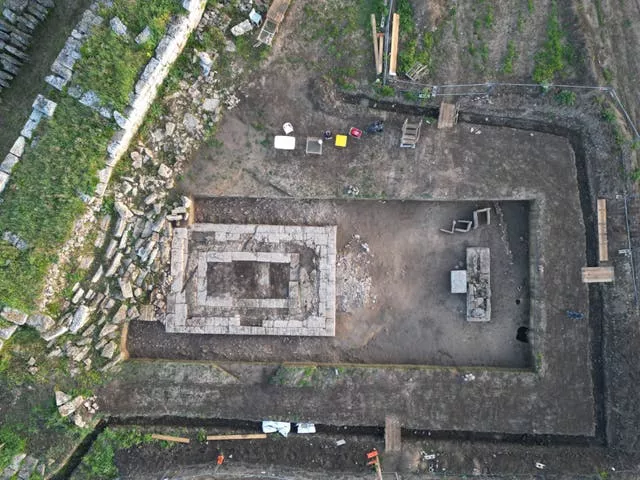

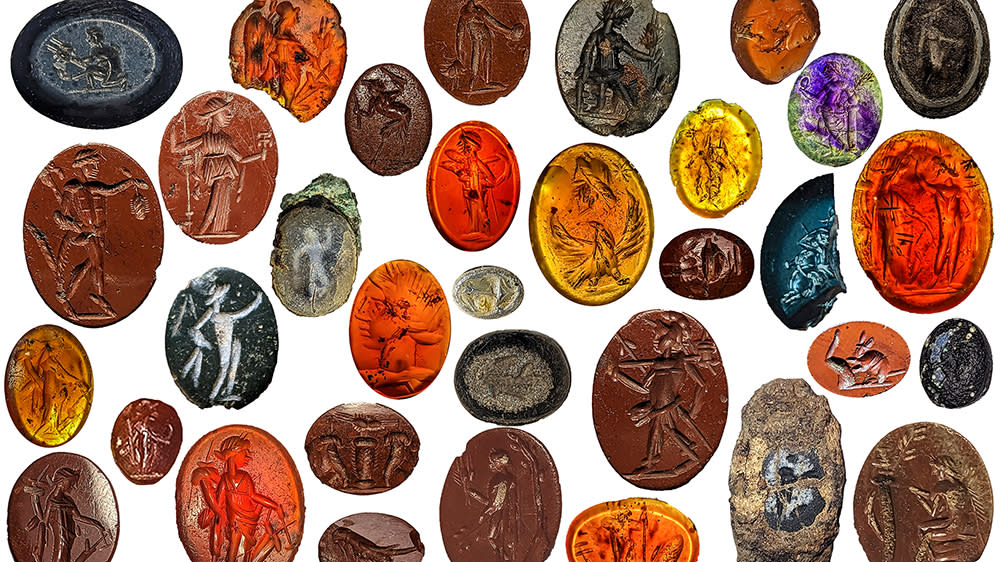
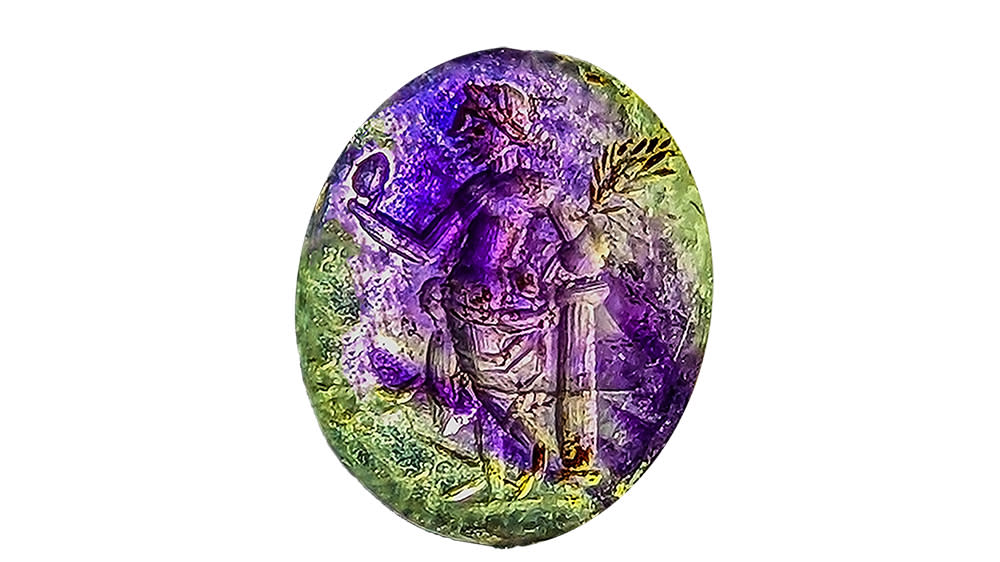

I don't like the thought of 'pliers' being involved....Shows how advanced Roman doctors were.
The grave of a medical man who died roughly 2,000 years ago has been unearthed in Hungary, along with needles, forceps, scalpels and other tools he used for his profession..
The medical toolset, dating from the first century A.D., is a rare find, according to a translated statemet released on April 25 by Eötvös Loránd University (ELTE) in Budapest. Similar finds have been made only at the Roman city of Pompeii.
"It is striking in itself that a doctor equipped with such prestigious equipment visited this area," which the Romans considered "barbarian" lands — their term for anywhere outside their territories. "The current assumption is that the well-equipped doctor, probably trained in one of the Imperial centers, may have traveled to this area to save someone," the statement said.

The 2,000-year-old collection of medical tools is an extremely rare find, especially in the so-called "barbarian" regions beyond the frontier of the Roman Empire at that time. (Image credit: ELTE Faculty of Humanities)
Roman-era grave
The Roman-era grave is near the city of Jászberény, in the Jászság region of central Hungary, about 35 miles (55 kilometers) east of Budapest.
Levente Samu, an archaeologist at ELTE and a member of the team that carried out the excavation, said in the statement that the tools were found in two wooden chests at the foot of the grave; they include pliers, needles, forceps and "top-quality scalpels suitable for surgical procedures."
The scalpels are made of a copper alloy decorated with silver, and have removable steel blades. The excavators found a grinding stone that was used to sharpen the blades and possibly to mix medical herbs. Similar scalpels have been found in Roman Gaul — a region now covered mainly by France and the westernmost parts of Germany.
The archaeologists also recovered the near-complete skeleton of the "doctor" himself, which showed he was a man aged about 50 or 60 years old when he died, but who had suffered from no obvious illnesses or trauma. ...
https://www.livescience.com/archaeo...-medical-tools-including-top-quality-scalpels
* ...quietly moves pliers out of sight *I don't like the thought of 'pliers' being involved....
Wipes brow...* ...quietly moves pliers out of sight *
*...but leaves them handy just in case...*Wipes brow...

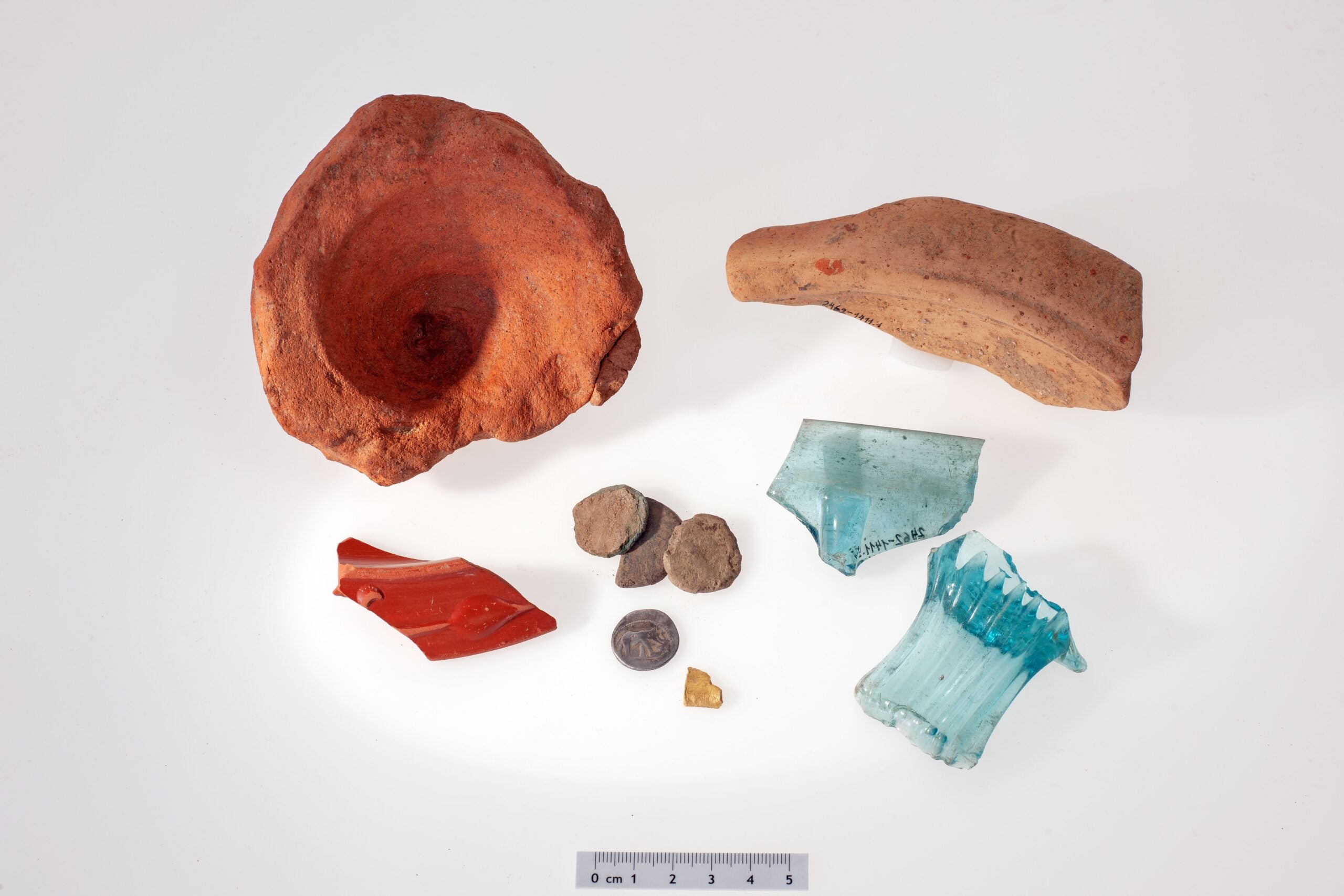
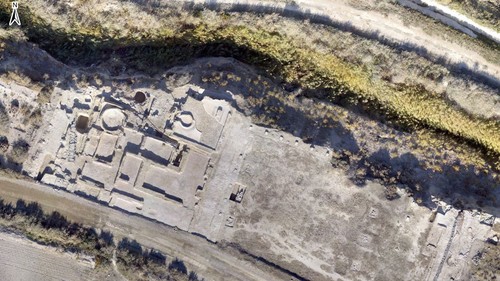
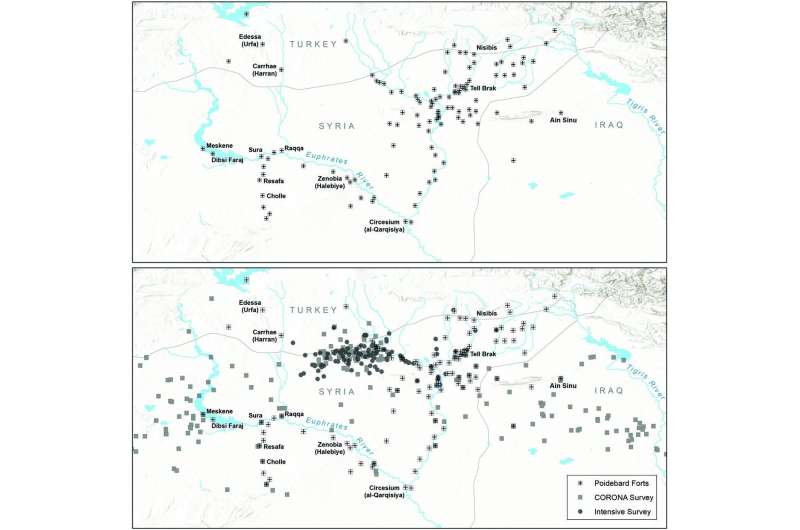

Maybe the rule-breaking sacrificial pit signifies that mutiny may have taken place at this site?
Of course some of the Vestal Virgins were buried while still alive. (Domitian's execution of Cornelia for example) Which cut out part of the process.In Roman civil wars, the dead were buried - end of.
Even executions of major figures were accorded a burial. The Senate insisted on going 'by the book' because it gave them the high ground, especially in religious affairs. Traitors were executed in various ways, as were any criminals (check out patricides), but they were still buried in various forms.
Romans didn't go in for human sacrifice, at all.
In Roman civil wars, the dead were buried - end of.
